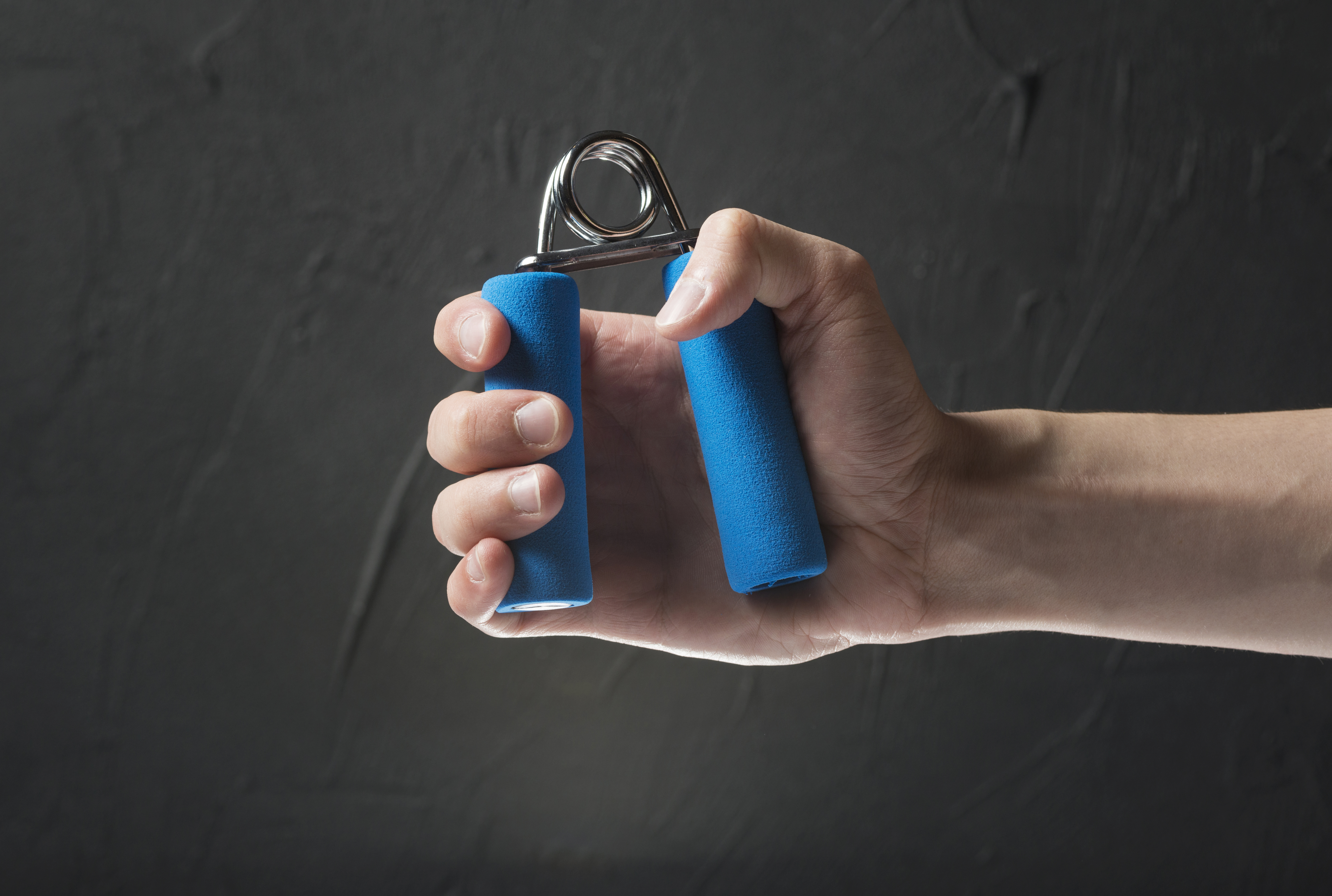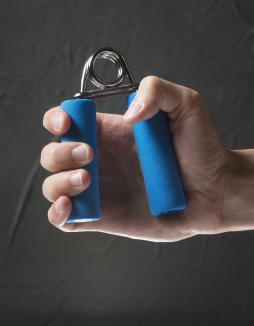Grip Strength can Indicate Various Health Issues
Things that might pop into your mind when thinking about your health are probably your weight, blood pressure, or cholesterol. But what about your grip strength? Yes, this ability to squeeze something—be it a handshake, a stress ball, or your favorite snack bag—is as useful as it is telling you about your general health status. It’s a small thing that packs a surprisingly big punch for understanding how your body’s doing. So, let’s go ahead and dive into this world of grip strength and why it deserves so much more attention than it actually gets!
What Is Grip Strength, Anyway?
Grip strength is how strong your hand and fingers are when you grab or hold something. You can measure this using a device called a dynamometer. You simply squeeze as hard as you can, and voilà! You have a number that tells you how strong your grip is.
But grip strength is not just a hand exercise. It is not just about unscrewing that stubborn jar of pickles. It can tell so much about your overall health because it has a link to the strength of your entire body.
What Grip Strength Says About Your Health?
Now, this is interesting! Scientists and doctors have discoblood
vered that grip strength is not just an expression of muscle power but a predictor of a whole host of health issues. It can tell you:
-
Cardiovascular Health
Some findings even suggest that weaker grip strength can be associated with a higher risk for heart disease and stroke. Imagine it this way: your grip may be like a picture of your body’s vascular system. A strong grip indicates good heart and blood vessel health. A weak grip may need a closer look for your cardiovascular health.
-
Longevity
There is evidence that shows individuals with higher grip strength live longer than others. Why? It reflects muscle mass and fitness as a whole, which is important for keeping you healthy as you age.
-
Mental Health
Interestingly, grip strength has been linked to cognitive health. Lesser grip strength has been associated with conditions such as dementia and Alzheimer’s disease. Of course, it is not a diagnostic tool, but it is certainly an interesting linkage that is gaining increasing attention from researchers.
-
Bone and Muscle Health
A weak grip could hint at underlying issues like osteoporosis or sarcopenia (muscle loss due to aging). Since our muscles and bones work together, weaker hands could mean weaker bones too.
-
Recovery from Illness
If you’re recovering from surgery, illness, or even a tough workout, your grip strength can indicate how well your body is bouncing back. It’s like your recovery progress report.
Why Is Grip Strength So Important?
Our hands are involved in almost everything we do, whether it’s typing, cooking, carrying groceries, or playing sports, they’re working constantly. Because they’re used so much, their strength (or lack thereof) reflects your body’s overall condition. It’s like when your car’s dashboard lights up to tell you there’s something wrong under the hood. Your grip strength is the dashboard light of your body.
How to Measure Your Grip Strength at Home
You don’t need a fancy dynamometer. While the professional measurement is the most accurate, you can measure your grip strength in simpler ways:
- Handshakes: Are people frequently noticing that your handshake is firm (or limp)? That might tell you something right off.
- Opening Jars: If you have trouble opening a jar lid to twist off the top or carry out another task, it could be because your grip strength has declined.
- Carrying Bags: If it takes a marathon to lug groceries, then this might be the sign of a decline in grip strength.
These aren’t scientific tests, but they’re good starting points to get a sense of where you stand.
How to Improve Your Grip Strength
The best thing about grip strength is that it’s trainable. Here is how you can boost it:
1. Hand Exercises
- Squeeze a stress ball or grip trainer every day.
- Try finger stretches with a rubber band around your fingers for resistance.
2. Strength Training
- Exercises like deadlifts, pull-ups, and farmer’s carries not only work your hands but also your entire body.
3. Daily Challenges
- Carry your groceries without a cart.
- Try using chopsticks if you’re not used to them—it’s a great hand workout!
4. Limit Technology Overuse
- Constant scrolling on your phone doesn’t count as grip training. The truth is it may end up fatiguing your hands over time. Balance your tech use with intentional strengthening exercises.
Why It’s More Than Just a Number
Building grip strength doesn’t have much to do with winning arm-wrestling contests or crushing cans in your bare hands (though that would be pretty cool). It really has to do with being independent, mobile, and healthy as you age. Imagine having muscular hands to carry grandkids, play the guitar, or crack open that jar of jam without begging for assistance.
Also Read: 10 Fitness and Wellness Tips for Busy People
The Takeaway
Grip strength seems like a small, tiny factor, but it carries a lot of your body’s information. It’s not just about the number; it’s about seeing how things are going in terms of your health. The next time you pick up a weight, shake a hand, or carry your shopping bags, remember that you’re not just using your hands—you’re testing your health. Tools like a hand grip strength trainer can help you maintain and improve this vital aspect of your health. Take care of your grip, and it’ll take care of you.












